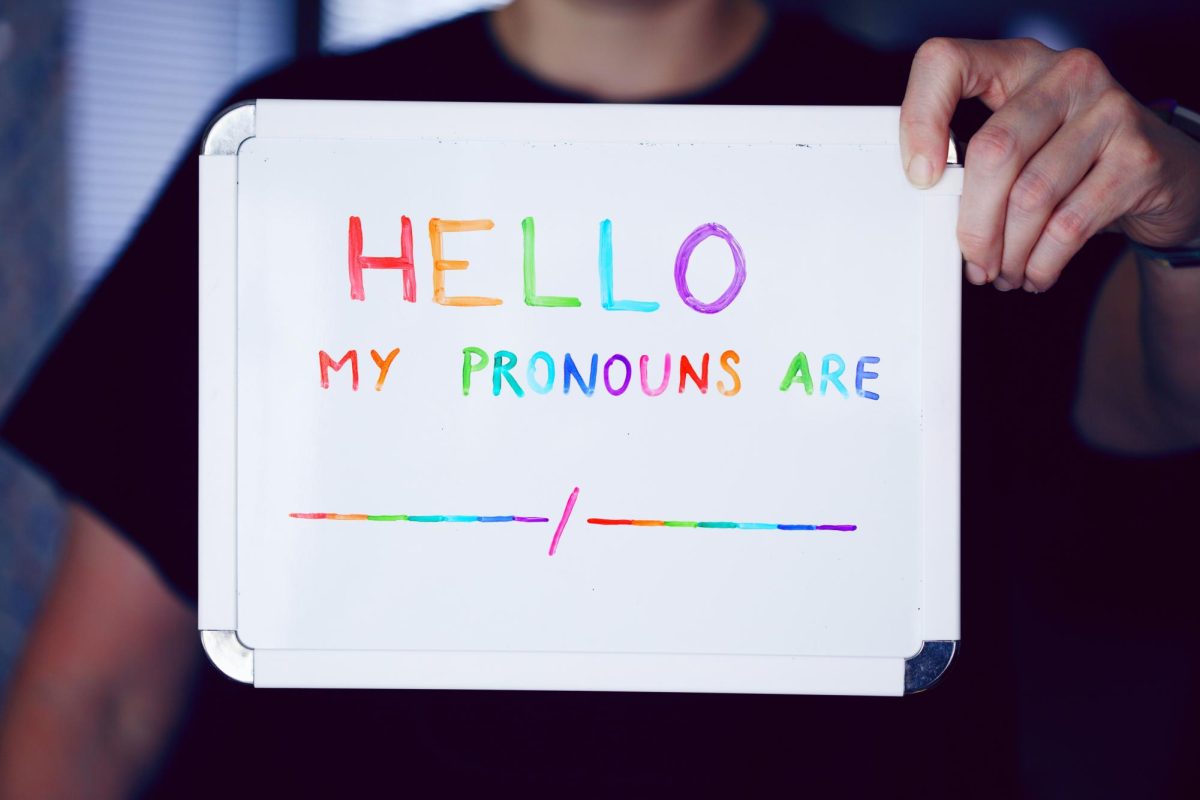Two thousand three hundred thirty-one people are on death row in the United States as of January 2023. An estimated 4% of people on death row are innocent.
Statistically, at least 93 of the people on death row in the U.S. are scheduled to die for a crime they did not commit.
Life in prison is not a favorable outcome, but at least at that point, there is typically a possibility for pardon or parole. However, the death penalty is an irreversible action, and since 1973, at least 190 death row inmates have been exonerated.
If the death penalty was meant to be reserved for the worse-scale crimes of scaring off mass serial killers, it has not been treated as such. Current statistics illustrate that black Americans are 7.5 times more likely to be wrongfully convicted of a crime; that risk is even greater if the victim of the crime is white.
Thomas Raynard James, an African American, was working as a small-town pot dealer when he was pulled over by an officer and arrested for possession of an illegal gun and marijuana. He sat in jail for three weeks until his hearing, when he found out he was being charged for a murder and robbery he did not commit. His trial lasted two days, and he was convicted of murder to serve a life sentence. His public defender called no witnesses on the defense, and the only evidence prosecutors had were shabby fingerprints that did not match.
Yet, James was a black man in the wrong place at the wrong time, and the justice system wants someone to pay for a crime, even if it is not the right individual.
Thirty-two years after his conviction, he was exonerated. Had he been sentenced to the death penalty, he would have likely been executed before his case would have the chance to be examined, and he would have died for a crime he did not commit.
The American justice system is not fair. Minority defendants already face higher rates of discrimination, and studies have shown that the wealthier an accused is, the easier they get off the hook. Public defenders are often overworked, understaffed, underpaid, and handling too many cases to put their entire effort into them – and that is on a good day, without even considering how low-income defendants cannot afford bail.
The legal system is a game, and if low-income suspects, often people of color, lack understanding of complicated legal jargon, they are defendants in a losing game. Court cases cost money, time, support, and resources, and if one does not have the money to fund their innocence through proper courtroom attire and an expensive lawyer – they are often convicted for a crime they did not commit.
The death penalty is applied arbitrarily, with some serial killers receiving life in prison and other “lower” level crimes only receiving life. This usually is not dependent upon the crime but rather the socioeconomic status, gender, geographical location of the court, and the jury, judge, and/or prosecution within the case.
Entrusting the government, or even worse, a jury of common people, to decide who lives or dies does not sit right with me. Jury selection is a game within itself – prosecutors are trained to find the ideal candidate to convict the defendant, even if that means ignoring evident bias or violating protocol at the expense of true justice. Ignoring the racial injustices of jury selection (in which black people were originally forbidden to participate), there have been multiple cases of all-white juries convicting black defendants while living in areas more predominant with African Americans.
In addition to the race of the defendant playing a prominent role in whether they are condemned to life or death, the race of the victim plays a significant role in the punishment they are sentenced to.
In 1990, the United States General Accounting Office conducted an assessment of death penalty found that “In 82% of the studies [reviewed], race of the victim was found to influence the likelihood of being charged with capital murder or receiving the death penalty, i.e., those who murdered whites were found more likely to be sentenced to death than those who murdered blacks.”
Although costly, modern forensics could lead to the exoneration of countless inmates on death row. Looking through old cases, it is almost horrifying what “evidence” could lock someone away for the rest of their life. In the case of Rodney Lincoln, a coerced identification from a five-year-old child and a strand of hair that was the same color as his were the most pieces of evidence offered within the trial.
After years of appeals to multiple courts, DNA tests proving the hair at the scene did not match his, and the original witness (as an adult) officially recanting her identification of him at the crime scene and begging for his release, every single one of his appeals was rejected. He was only released after the Missouri governor pardoned him right before leaving office. He served 36 years as an innocent man; his daughter was only a teenager when he was convicted, and she spent her entire life trying to clear his name.
Unfortunately, Lincoln and James were not exceptional cases; their stories are only publicly known due to the work that the Innocence Project completed on their behalf, with hundreds of other cases sitting in their waiting room.
It is impossible to track how many innocent people have been executed. Most of the work centered around wrongly convicted inmates is from non-profit organizations such as the Innocence Project, who focus their limited time and resources on cases that could still lead to someone’s freedom.
In 1972, the Supreme Court declared the death penalty unconstitutional in the Furman v. Georgia case, expressing it as unconstitutional under the Eighth Amendment of cruel and unusual punishment. This landmark decision nullified current death row cases, halting all executions for four years. And now, less than a month ago, Alabama performed the first lethal nitrogen gas execution – the first time a new method of execution has been introduced since lethal injection in 1982.
This method of execution was performed as the previous method of lethal injection was not effective on Eugene Smith, being unable to find a vein, to the point of flipping his body upside down on the strapped gurney. Smith alleges that he was poked with needles for more than 90 minutes, inserting one needle deep enough into his foot that it struck a nerve, causing his body to shake within the gurney’s restraints.
Smith’s case is not the first or last time an execution has been botched – an already traumatizing experience is now being turned into legalized torture. Regardless of the moral implications, the death penalty is expensive. It costs $3 billion more to maintain than if prisoners received life in prison.
Of course, I cannot speak for victims, and I thankfully have never had any personal involvement with the death penalty. However, many family members of the victims of serious crimes have organized support groups against the death penalty for a variety of reasons, whether they believe life in prison is a greater crime or if they simply just don’t believe in an eye for an eye.
Marie Deans, an anti-death penalty activist whose mother-in-law was murdered, famously wrote, “Revenge is not the answer. The answer lies in reducing violence, not causing more death.”
To help make a change, support organizations like the Innocence Project, Amnesty International, or the Death Penalty Information Center. Donate to these programs if you have the funds to, and keep raising awareness about the flaws in the death penalty system. Reach out to your elected officials, urging them to review and reform capital punishment laws. Even Pennsylvania has a memorandum on the death penalty, with Governor Josh Shapiro imploring to disband it in the state altogether. Every few months, some petitions circulate asking for pardons or reconsiderations of death row cases; pay attention to those, sign them, and share them around. Your involvement matters.










![The Downfall of Taylor Swift: AI, ‘The Life [and Demise] of a Showgirl’](https://comenian.org/wp-content/uploads/2025/10/unnamed-6-1.jpg)


